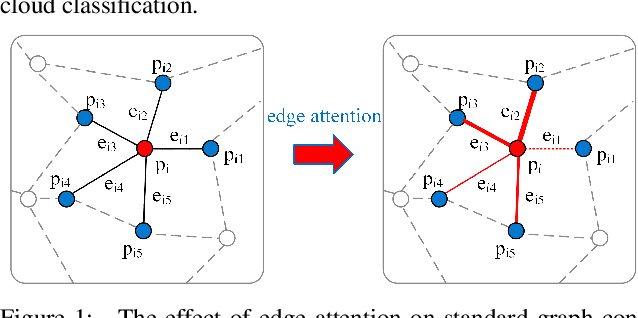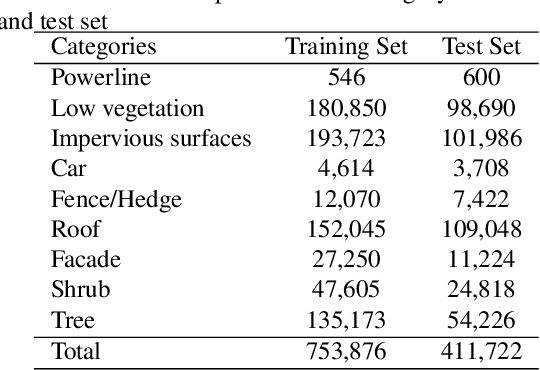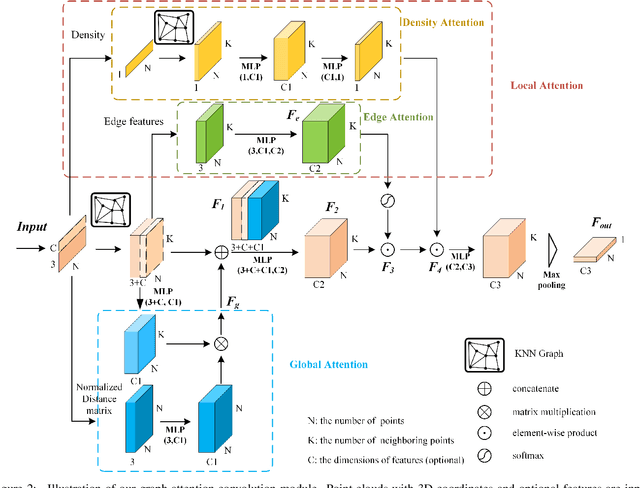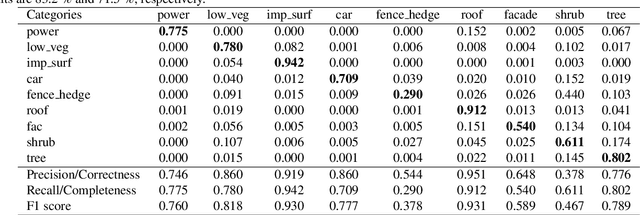Airborne LiDAR Point Cloud Classification with Graph Attention Convolution Neural Network
Paper and Code
Apr 20, 2020



Airborne light detection and ranging (LiDAR) plays an increasingly significant role in urban planning, topographic mapping, environmental monitoring, power line detection and other fields thanks to its capability to quickly acquire large-scale and high-precision ground information. To achieve point cloud classification, previous studies proposed point cloud deep learning models that can directly process raw point clouds based on PointNet-like architectures. And some recent works proposed graph convolution neural network based on the inherent topology of point clouds. However, the above point cloud deep learning models only pay attention to exploring local geometric structures, yet ignore global contextual relationships among all points. In this paper, we present a graph attention convolution neural network (GACNN) that can be directly applied to the classification of unstructured 3D point clouds obtained by airborne LiDAR. Specifically, we first introduce a graph attention convolution module that incorporates global contextual information and local structural features. Based on the proposed graph attention convolution module, we further design an end-to-end encoder-decoder network, named GACNN, to capture multiscale features of the point clouds and therefore enable more accurate airborne point cloud classification. Experiments on the ISPRS 3D labeling dataset show that the proposed model achieves a new state-of-the-art performance in terms of average F1 score (71.5\%) and a satisfying overall accuracy (83.2\%). Additionally, experiments further conducted on the 2019 Data Fusion Contest Dataset by comparing with other prevalent point cloud deep learning models demonstrate the favorable generalization capability of the proposed model.
 Add to Chrome
Add to Chrome Add to Firefox
Add to Firefox Add to Edge
Add to Edge